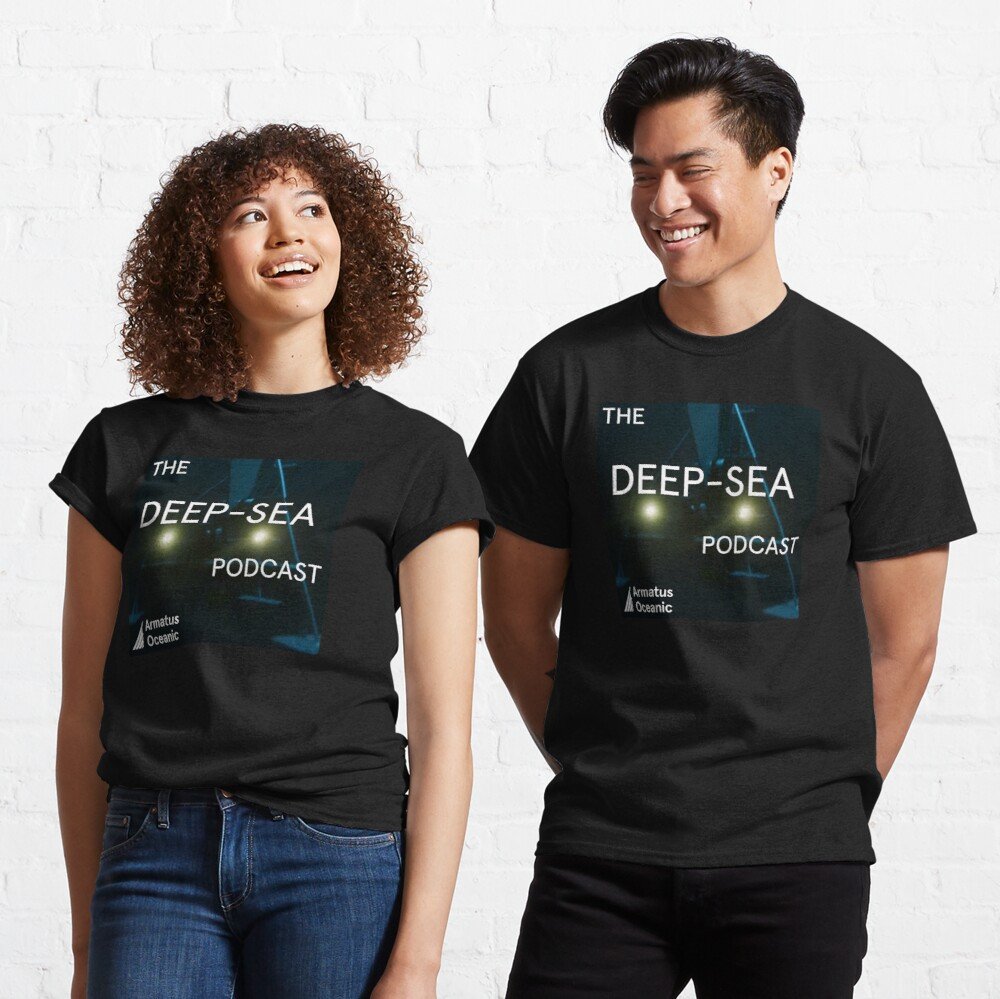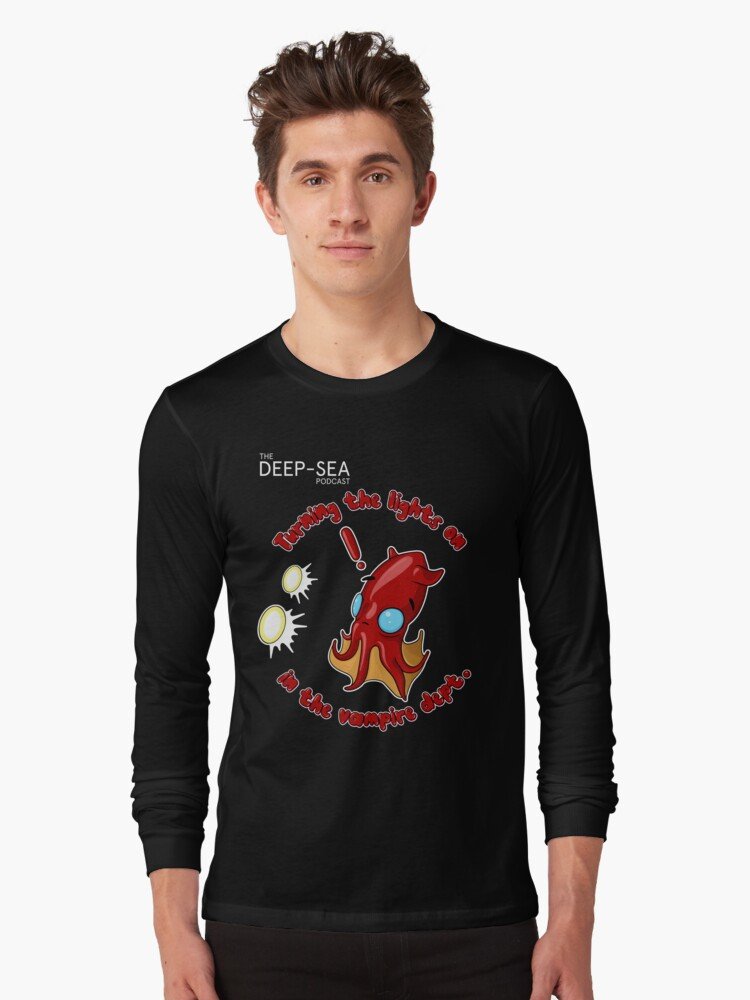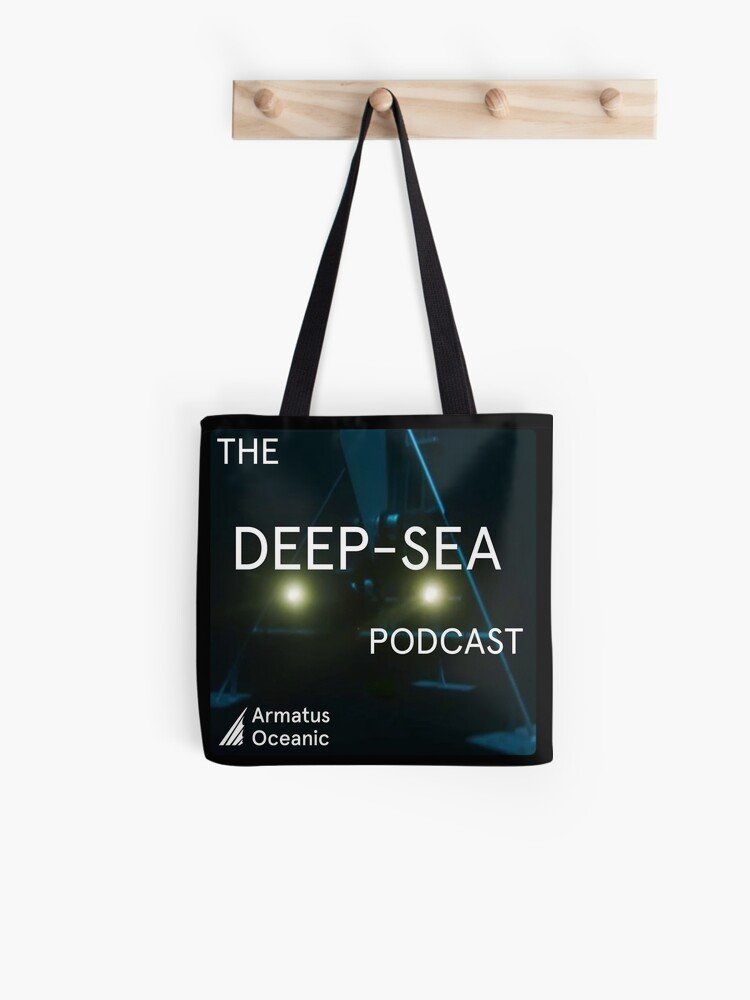LISTEN ON YOUR FAVOURITE PODCAST PLATFORM
OR LISTEN RIGHT HERE:
LISTEN TO THE FULL EPISODE
LISTEN TO THE SHORTER VERSION
After recovering from you-know-what last episode, we’re excited to complete our open-water/pelagic trilogy with this week’s guest Professor Justin Marshall. Justin is an expert on all things vision, and talks us through all of the intricacies and oddities of vision in the deep sea. We discuss how fish eyes have evolved in order to adapt to the darkness of the deep, and how exactly they are able to see bioluminescence. Justin’s research has been highly influential, so we ask him more about his discoveries of mantis shrimp vision, and how he found out that cephalopods were colourblind!
We also couldn’t let him leave without getting some of the stories from his time living in the Atlantis underwater habitat for weeks, and how this led to somewhat horrifying fungal consequences.
The deep sea has seen a flurry of activity this month with lots of news to cover! Our favourite cryptozoologist, Tyler Greenfield is at the epicentre of a monster-misunderstanding. Thom’s upset as yet another innocent fish is labelled the ‘ugliest creature ever seen’ by fishermen, but this time it’s a more familiar face. We also cover some more paleo-news with surprising historical deep-sea temperatures and the discovery of new brine pools in the Red Sea. Alan gives us an insight into his upcoming adventures at sea and we find out why he isn’t the biggest fan of documentarians.
It wouldn’t be the Deep-Sea Podcast without checking in with Don Walsh as he talks us through the history of submarine windows. And we also hear from a listener and find out what snailfish and The Kardashians have in common…
Check out our podcast merch! Please do send in any pics of you wearing the merch.
Feel free to get in touch with us with questions or you own comments on:
podcast@armatusoceanic.com
We’d love to actually play your voice so feel free to record a short audio note!
We are also on
Twitter: @DeepSeaPod, @ArmatusO
Facebook:DeepSeaPodcast, ArmatusOceanic
Instagram: @deepsea_podcast, @armatusoceanic
Links
We Build Spaceships
Justin also has a citizen science program called Coral Watch which allows divers to report on coral health
and his Twitter @TylerGreenfieId
News article dubbing yet another innocent fish as ‘the ugliest thing fisherman has ever seen’
News article on the historical temperatures of the deep Atlantic ocean as warm as the Mediterranean
MBARI capture incredible video of a brooding squid, Bathytheuthis berryi
New brine pool discovered in the Red Sea
The ‘milky’ Java sea is caught on camera
Justin’s article on cephalopod colouration and sensitivity to light
Theme – Hadal Zone Express by Märvel
Logo image
Glossary
Abyssopelagic – open water 4-6 km (13,000 to 20,000 ft) deep
Bathypelagic – also known as the midnight zone, open water roughly 1-4 km (3,300-13,000 ft) deep
Bathytheuthis berryi – A deep sea squid which has been observed brooding eggs
Coprophage – An animal that eats poop
Cryptozoology – The study of species whose existence is rumoured or disputed.
Euphotic zone – the surface and well-illuminated zone
Hadalpelagic – open water >6 km deep
Loch Ness – A loch (large freshwater lake) in the Scottish Highlands which is best known for the alleged sightings of the ‘Loch Ness Monster’ since 1933.
Mesopelagic – also called the twilight zone, starts where 1% of light reaches and ends where there is none, roughly 200-1,000 m (656-3,280 ft) deep
Monkfish – A wide-mouthed commonly-found fish who perhaps isn’t the most beautiful, but definitely could be considered tasty.
Pelagic – open ocean, away from the shore and the bottom
Photic zone – the depth that light penetrates
Rod/Cone cells – two types of photoreceptors which are used by animals to detect light to be able to ‘see’.
Underwater habitat – A structure created to allow people to live underwater for extended periods. Often used for research by aquatic biologists.







